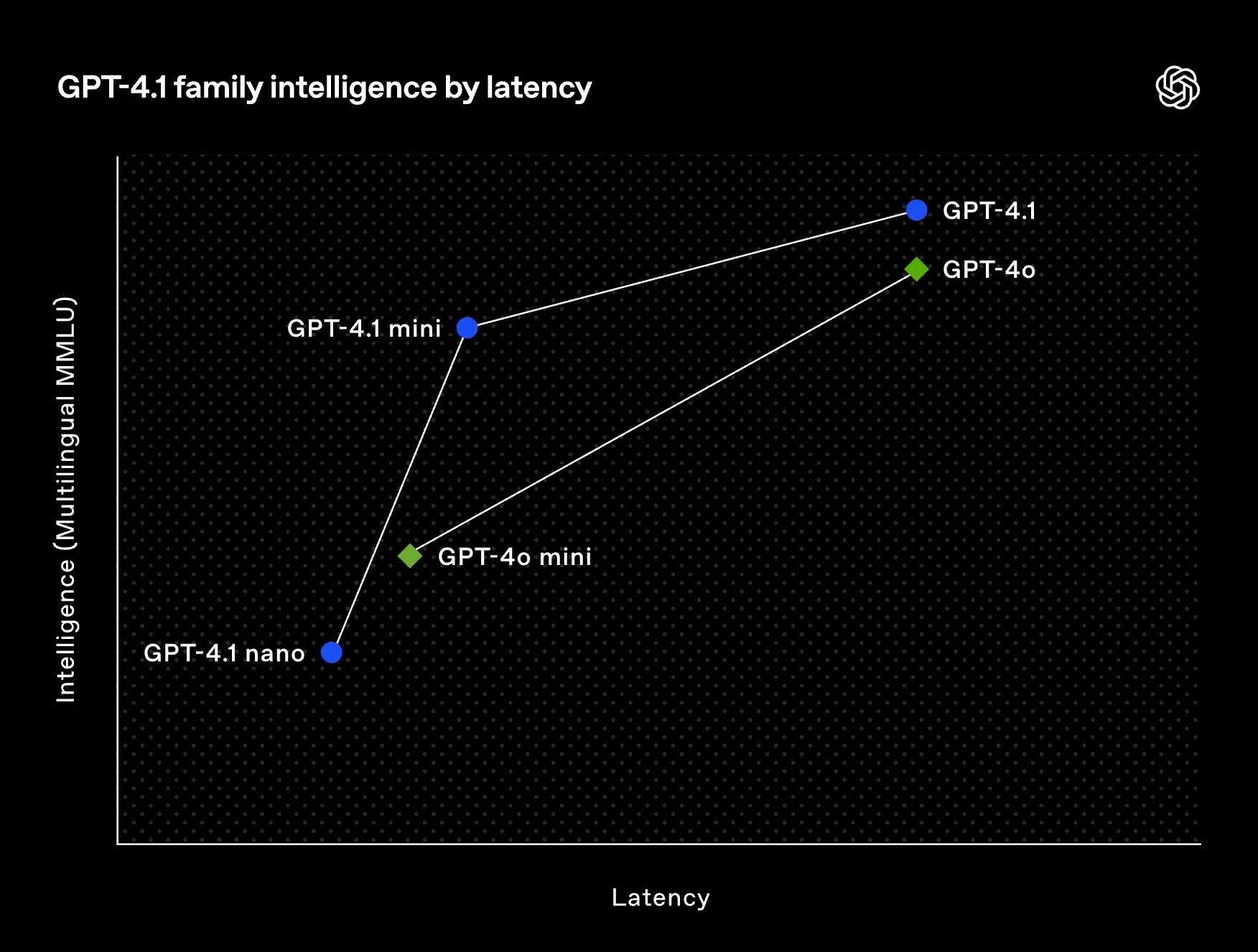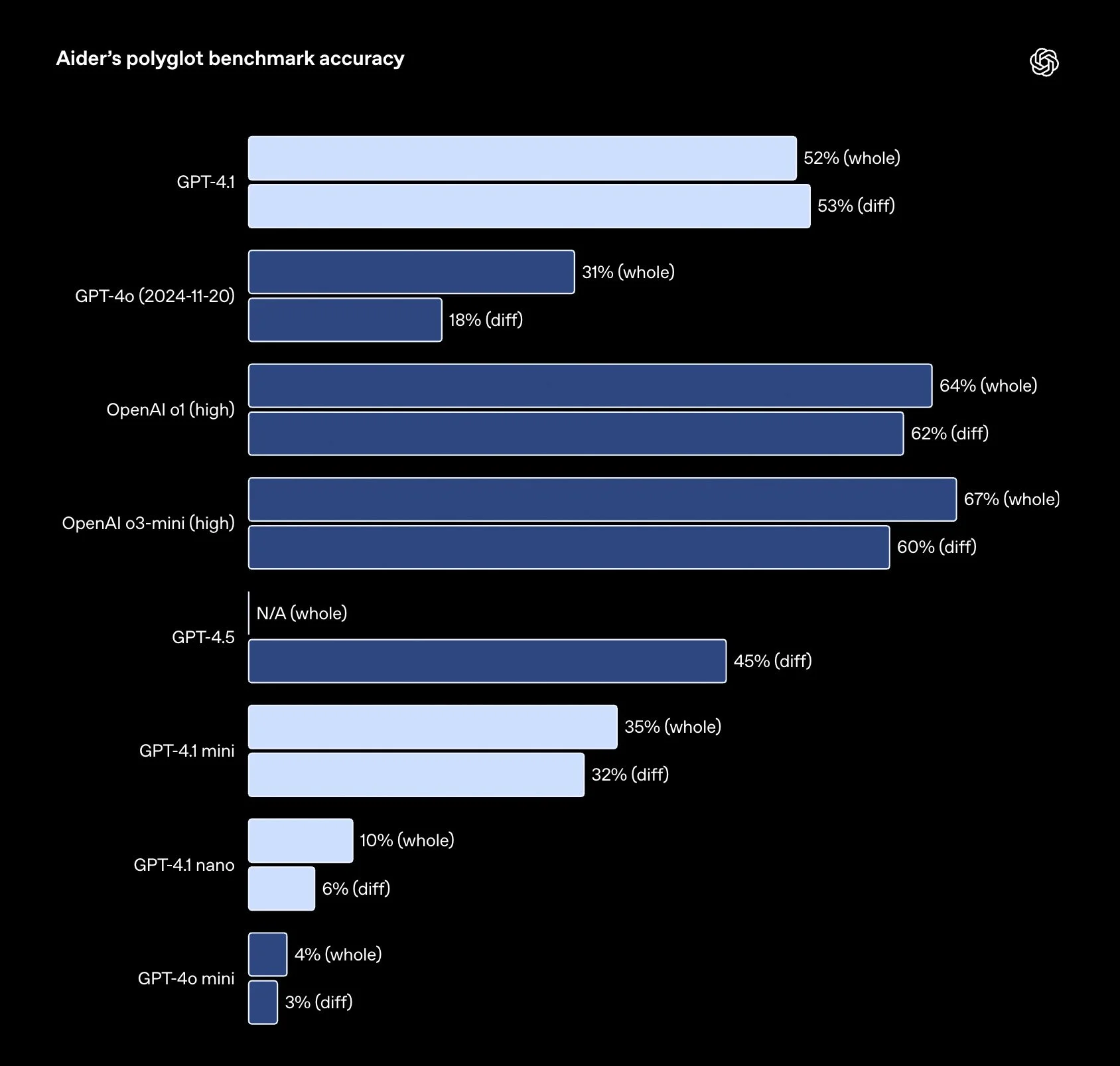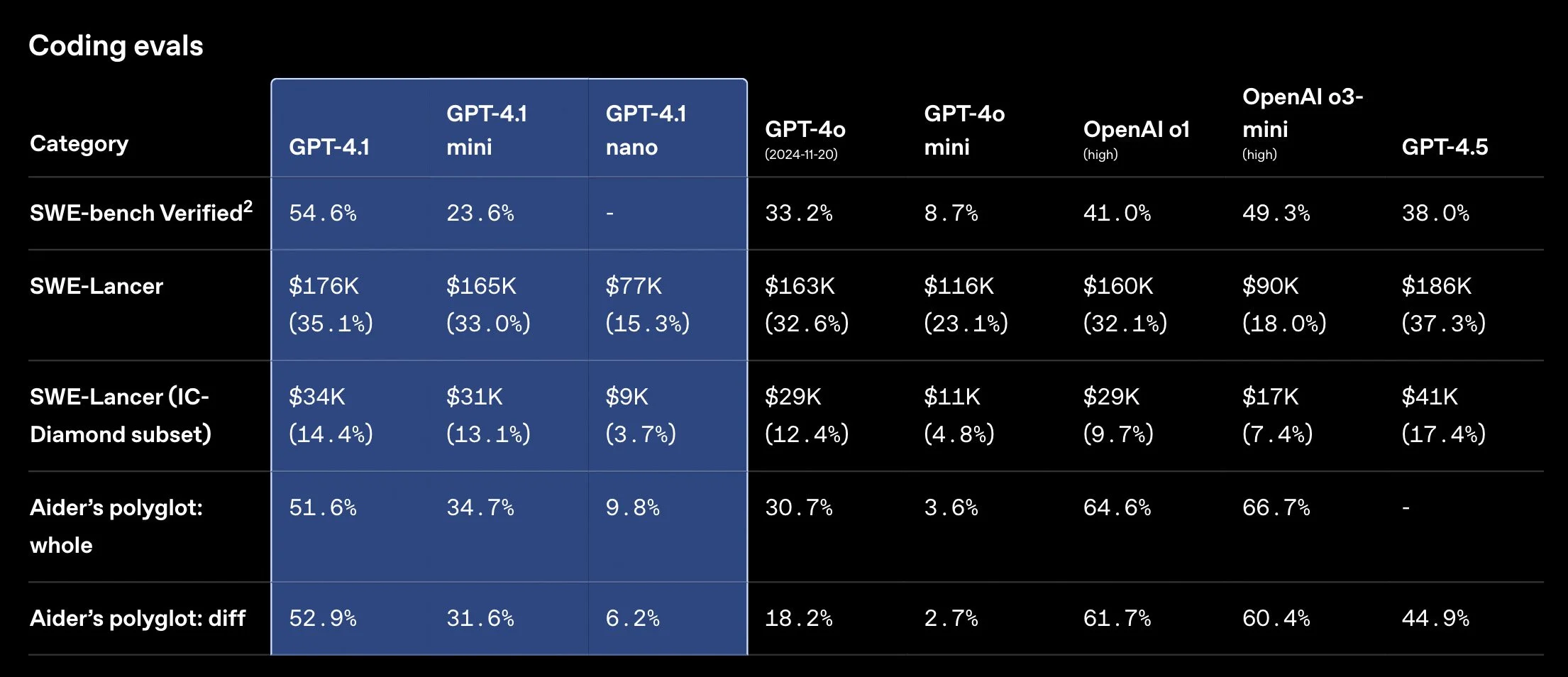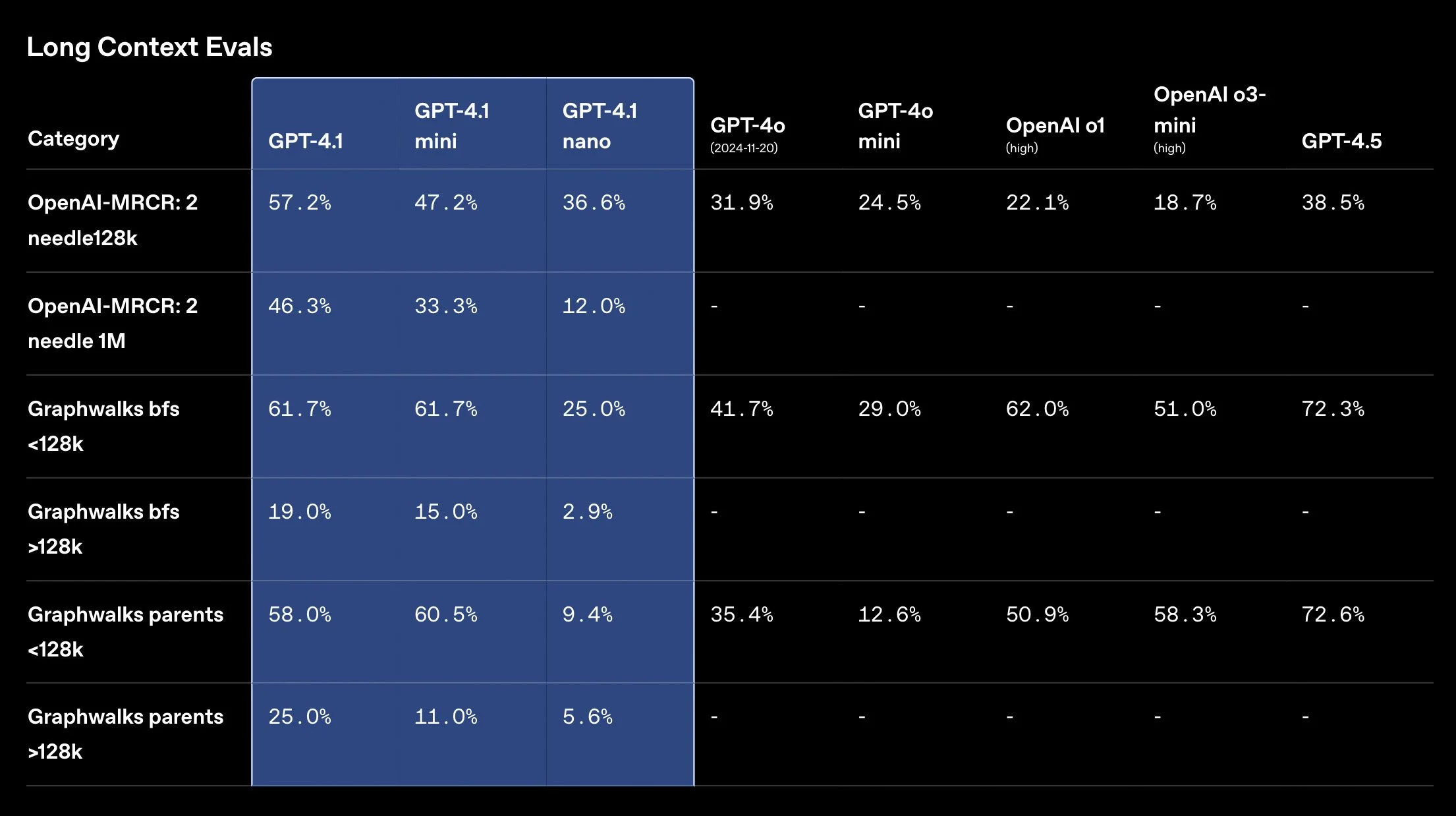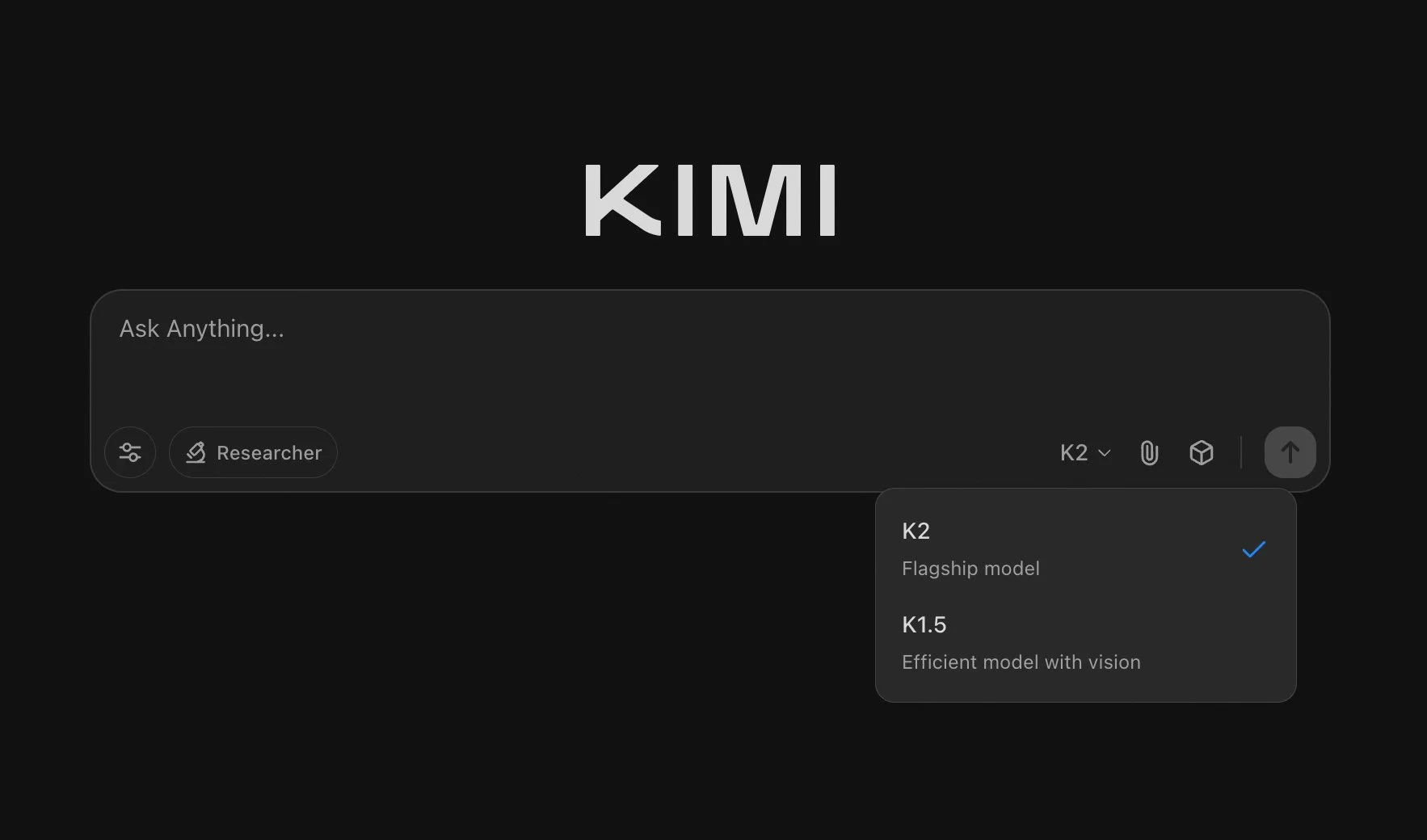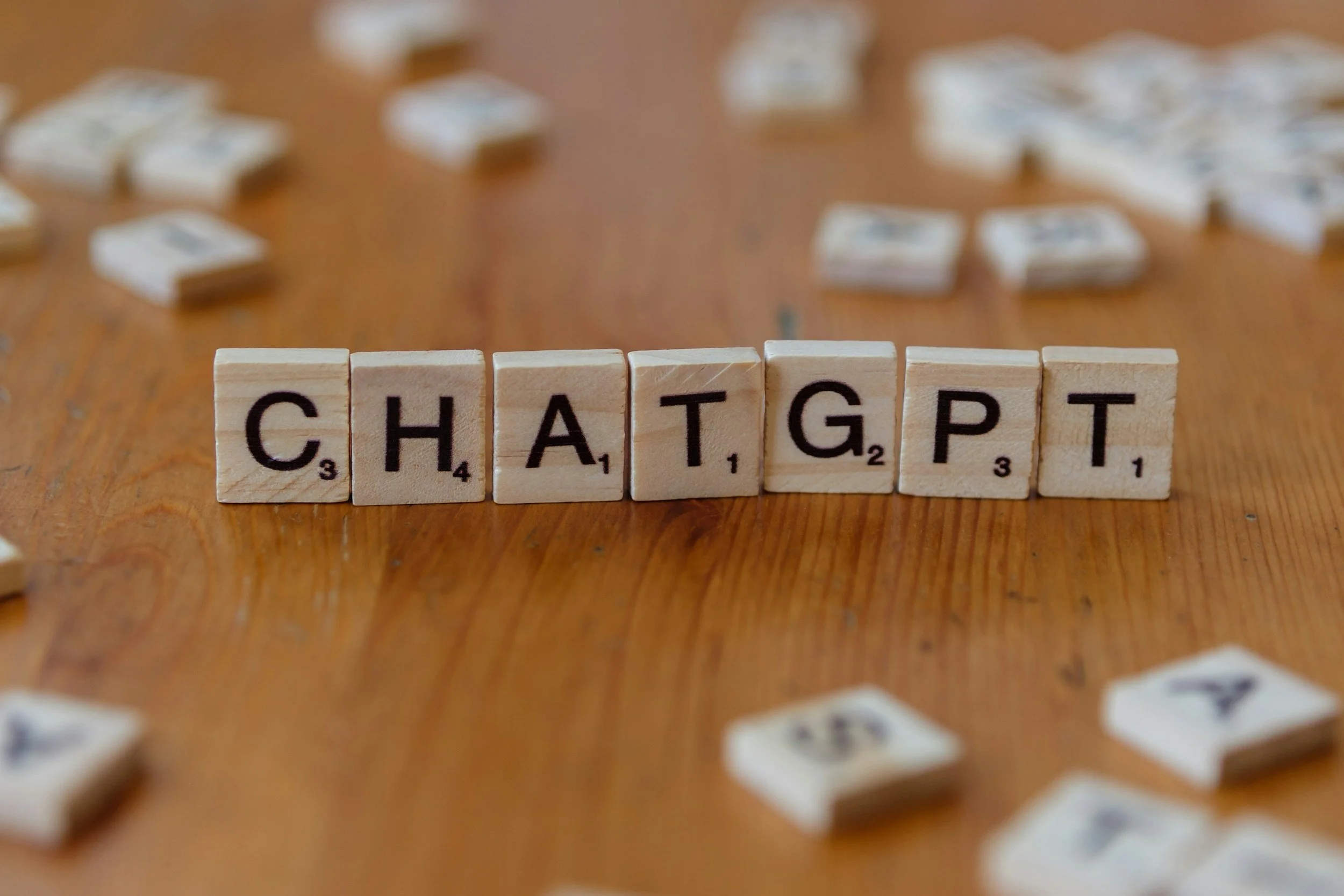OpenAI Launches GPT-4.1 Series: Faster, Smarter, Cheaper AI Models for Developers
Image Source: OpenAI
OpenAI, a leading name in artificial intelligence research, has introduced three new AI models—GPT-4.1, GPT-4.1 mini, and GPT-4.1 nano—available through its developer platform. These models promise enhanced performance in areas like coding, following instructions, and processing large datasets, surpassing earlier models like GPT-4o and, in some cases, even the newer GPT-4.5.
[Read More: ChatGPT Pro vs. Plus: Is OpenAI's $200 Plan Worth the Upgrade?]
Image Source: OpenAI
What’s New with the GPT-4.1 Series?
OpenAI’s GPT-4.1 series includes three models designed for different purposes. The main GPT-4.1 is built for complex tasks, while GPT-4.1 mini offers similar intelligence in a smaller, faster format. GPT-4.1 nano, the smallest, is optimized for quick jobs like sorting data or completing text. All three can handle up to 1 million tokens—equivalent to hundreds of thousands of words—allowing them to process vast amounts of information, such as entire software projects or lengthy reports. They also come with knowledge updated through June 2024, keeping them relevant for current tasks.
[Read More: OpenAI’s Voice Engine: Revolutionizing Communication or Opening Pandora’s Box?]
Image Source: OpenAI
Why AI Takes Center Stage
AI is becoming a key part of tools we use daily, from virtual assistants answering questions to apps helping professionals write code or analyze documents. OpenAI’s GPT-4.1 series aims to make these tools more accurate and dependable. Whether it’s a chatbot resolving a customer issue or a program spotting errors in software, these models are designed to understand and respond better to human needs, reflecting AI’s shift toward practical, real-world solutions.
[Read More: AI Breakthrough: OpenAI’s o1 Model Poised to Surpass Human Intelligence]
Image Source: OpenAI
How Do They Perform?
Coding: GPT-4.1 excels at writing and fixing software, scoring 54.6% on SWE-bench Verified, a test of real-world coding skills. This is a significant improvement over GPT-4o’s 33.2% and even outperforms GPT-4.5, making it a top choice for developers needing reliable code.
Following Instructions: The models are better at sticking to directions, scoring 38.3% on the MultiChallenge benchmark, compared to GPT-4o’s 27.8%. This means they’re more likely to deliver exactly what’s asked, whether it’s formatting a response or avoiding off-topic details.
Handling Large Data: With their 1-million-token capacity, these models can manage huge amounts of information without losing track. GPT-4.1 scored 72% on a video analysis task, up from GPT-4o’s 65.3%, showing it can find key details in long texts or footage, useful for fields like law or research.
Image Understanding: Especially GPT-4.1 mini, the series can analyze visuals like charts or diagrams, potentially aiding in education or business by explaining complex images clearly.
[Read More: OpenAI’s ChatGPT Introduces Studio Ghibli-Style Image Feature]
Image Source: OpenAI
GPT-4.1 vs. GPT-4.5: What’s the Difference?
Surprisingly, OpenAI’s GPT-4.1 outperforms the more recent GPT-4.5 in several areas, despite GPT-4.5 being a research preview launched earlier this year. In coding, GPT-4.1’s 54.6% on SWE-bench Verified beats GPT-4.5’s lower score at 38%, and it’s more consistent at formatting code changes correctly. It’s also faster and less costly to run than both GPT-4o and GPT-4.5, making it more practical for developers. As a result, OpenAI plans to phase out GPT-4.5 Preview by July 14, 2025, focusing on the GPT-4.1 series instead. However, some of GPT-4.5’s strengths, like its creative tone, will be integrated into future models to preserve what users valued.
[Read More: OpenAI's Data Leak: Unveiling the Cybersecurity Challenge]
Image Source: OpenAI
Real-World Applications
Early users have tested the GPT-4.1 series in practical scenarios. A legal tech firm reported 53% better accuracy in analyzing tricky tax cases, saving time for professionals. A financial company used it to extract precise data from long, complex documents, avoiding mistakes other models made. In software development, teams found GPT-4.1’s code suggestions were accepted more often on the first try, speeding up projects. These examples highlight how AI is tackling specific challenges across industries.
[Read More: Why Do We Pray if Everything is Planned by God? Insights from OpenAI o1]
Image Source: OpenAI
Availability and Affordability
The GPT-4.1 series is accessible only through OpenAI’s API, meaning it’s for developers creating apps, not directly for consumers using tools like ChatGPT. However, some improvements are being added to ChatGPT’s GPT-4o model over time. Cost-wise, GPT-4.1 is 26% cheaper than GPT-4o for typical tasks, and GPT-4.1 nano is the most budget-friendly. Developers can save up to 75% by reusing data in repetitive tasks, and there’s no extra fee for processing large datasets, making it easier to build AI-powered tools on a budget.
Source: OpenAI


